Visit The Haunting Iceland Plane Wreck
By Michael Chapman
Where Icelandic nature & history merge.
Visit The Haunting Iceland Plane Wreck
By Michael Chapman
Where Icelandic nature & history merge.
One of Iceland’s most iconic images is its DC-3 plane wreck, a metallic and weatherbeaten ghost found amid the volcanic sands of Sólheimasandur desert.
The plane wreck differentiates itself from other attractions in Iceland in so much as it is entirely artificial, creating a striking contrast with the untouched natural environment.
This divergence does much in the way of creating an alien ambience—in fact, one could be forgiven for thinking the wreckage was that of a crashed spacecraft, forever marooned on some far-distant world.
Hollowed out, with a skeletal steel framework and stripped aluminium panelling buffered at all times by oceanic winds, the Iceland plane wreck is as fascinating for history buffs as it is guests looking for novel points of interests out amid Iceland’s wilds.
Of course, none of this mentions the incredible photography opportunities on offer at this site. Visitors forever glued to their lens will, in winter, have the chance to capture the aircraft beneath the colourful ribbons of the Northern Lights, while the golden rays of the Midnight Sun await those in summer.
Why visit the Douglas C-117 Plane Wreck?
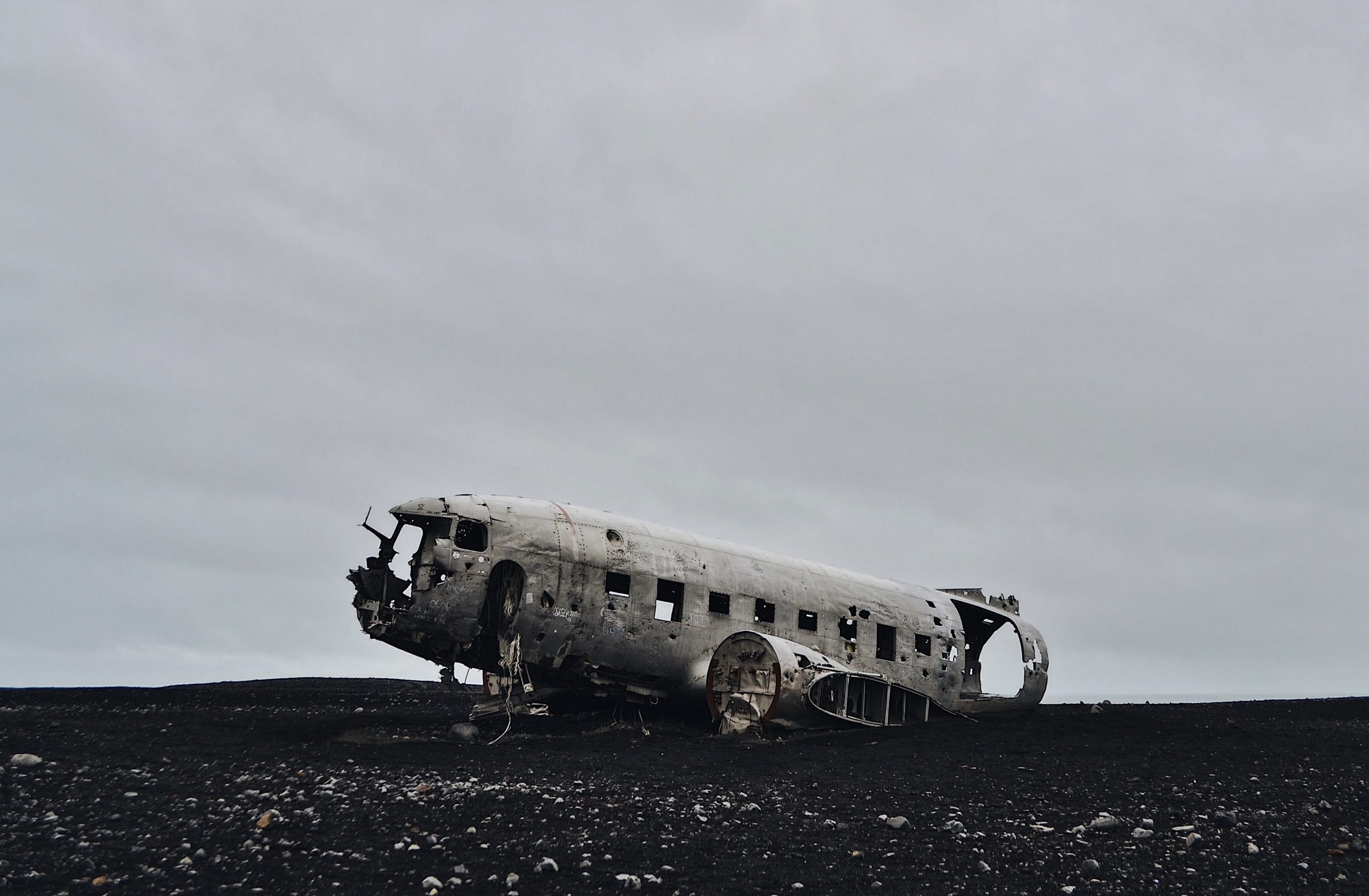
Once upon time, the graffiti-strewn, bullet-ridden fuselage found in South Iceland’s biggest desert operated as part of an entire Douglas Dakota, one of the four propeller-engine aircraft then stationed at US naval base Keflavik.
Many articles and blogs cite the wreckage as having once belonged to a fully operational Douglas DC-3. In fact, these particular models were modified to improve landing and flight stability, thus were officially known as either Super DC-3s or Douglas C-117s. (‘DC’ stands for ‘Douglas Commercial.’)
The four aircraft at Keflavik were all veteran machines of the Korean and Vietnam wars, though similar models stationed elsewhere had flown as early as the Second World War. However, it was in Iceland their service came to an end, with three planes out of the four damaged during routine take-offs.
Of course, a far more dramatic end would meet the last plane; one that, in decades to come, would cement it forever as one of Iceland’s most recognisable visitor attractions.
PLAN YOUR JOURNEY
Travelling to Iceland?
Check our overnight tours with a driver guide that includes a one night stay in a bubble.
*Starting from ISK 59.900 per person
How did the Iceland plane wreck crash?

The date was 21st November 1973; Captain James Wicke was making the return flight from Hornafjörður to Keflavik, having just delivered equipment to a US Radar Station located on the Stokksnes Peninsula. Beside him was his co-pilot Gregory Fletcher—fresh from training with only 21 hours of flight time under his belt—and three other crew members.
Everything about the flight was business as usual until it wasn’t, and there are a few theories as to what exactly caused the accident. One hypothesis is that the crew encountered an ice storm over the South Coast, forcing them to crash land. Another argues that pilot error was the likeliest factor, especially given the rumours that someone switched fuel tanks prematurely.
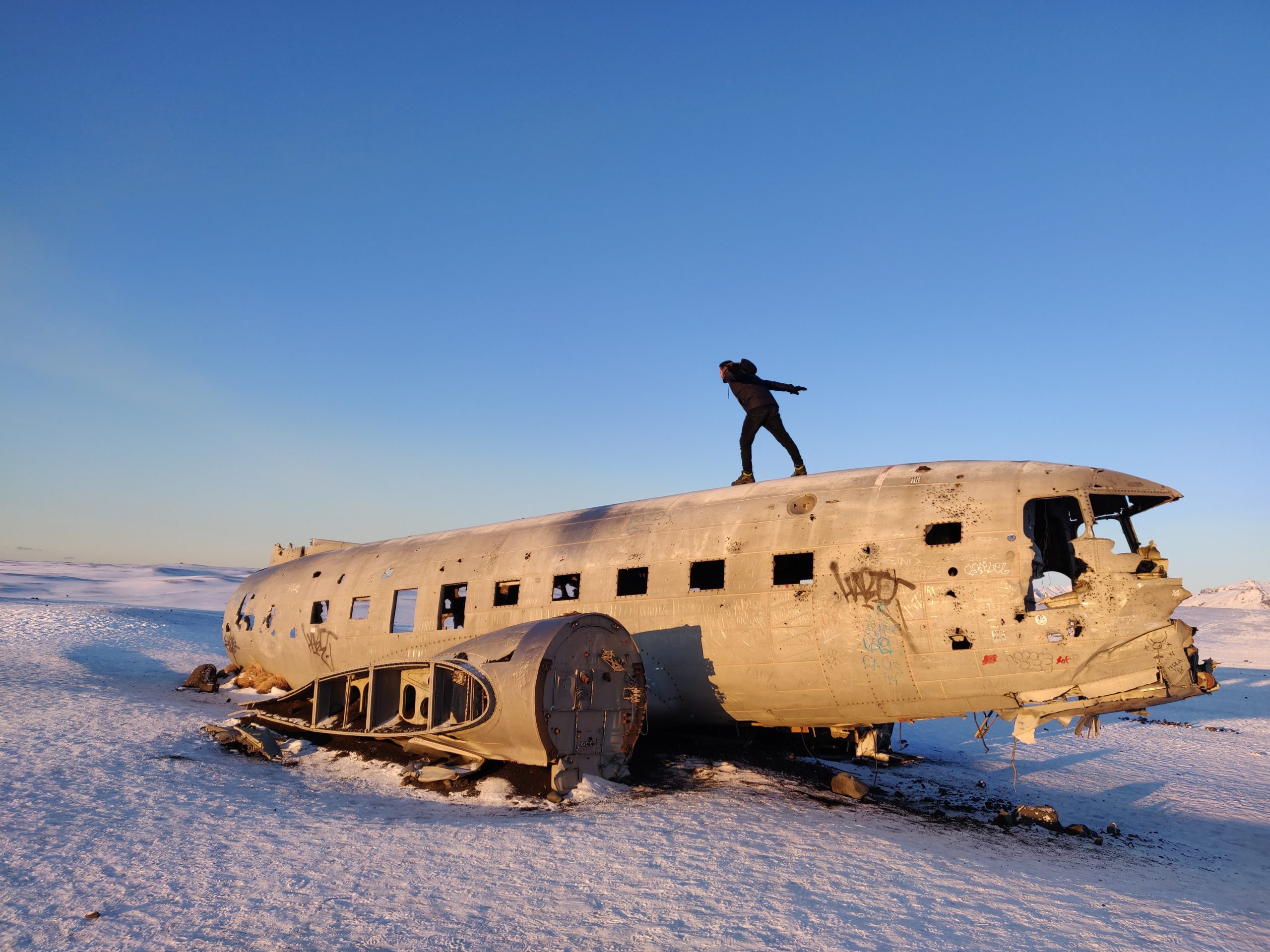
In all likelihood, it was probably a combination of all these factors that led to the crash. The mystery, while somewhat frustrating, is also a massive part of what makes this wreckage so alluring.
A quick check online will demonstrate that most sources are not even entirely sure when the crash happened, which is baffling considering the cost and potential tragedy such an incident could have inferred.
Whatever the case, it became apparent to Wicke and Fletcher that crash-landing the aircraft was an inevitability rather than an option. With their vision hampered by mist and fog, it was the co-pilot who decided to navigate their route towards the ocean, justifying it on the belief that the crew would more likely survive than if they were to attempt to touch down on land.
While his intentions were good, there was no reaching the water in time. With only minutes to observe the landscapes below them, Wicke directed the aircraft down towards a dry riverbed, one of the many that cut through Solheimassandur like emaciated veins.
Such control is staggering under the conditions, especially considering the fog was so poor that the crew could not see the aircraft’s wingtips throughout the majority of their descent.
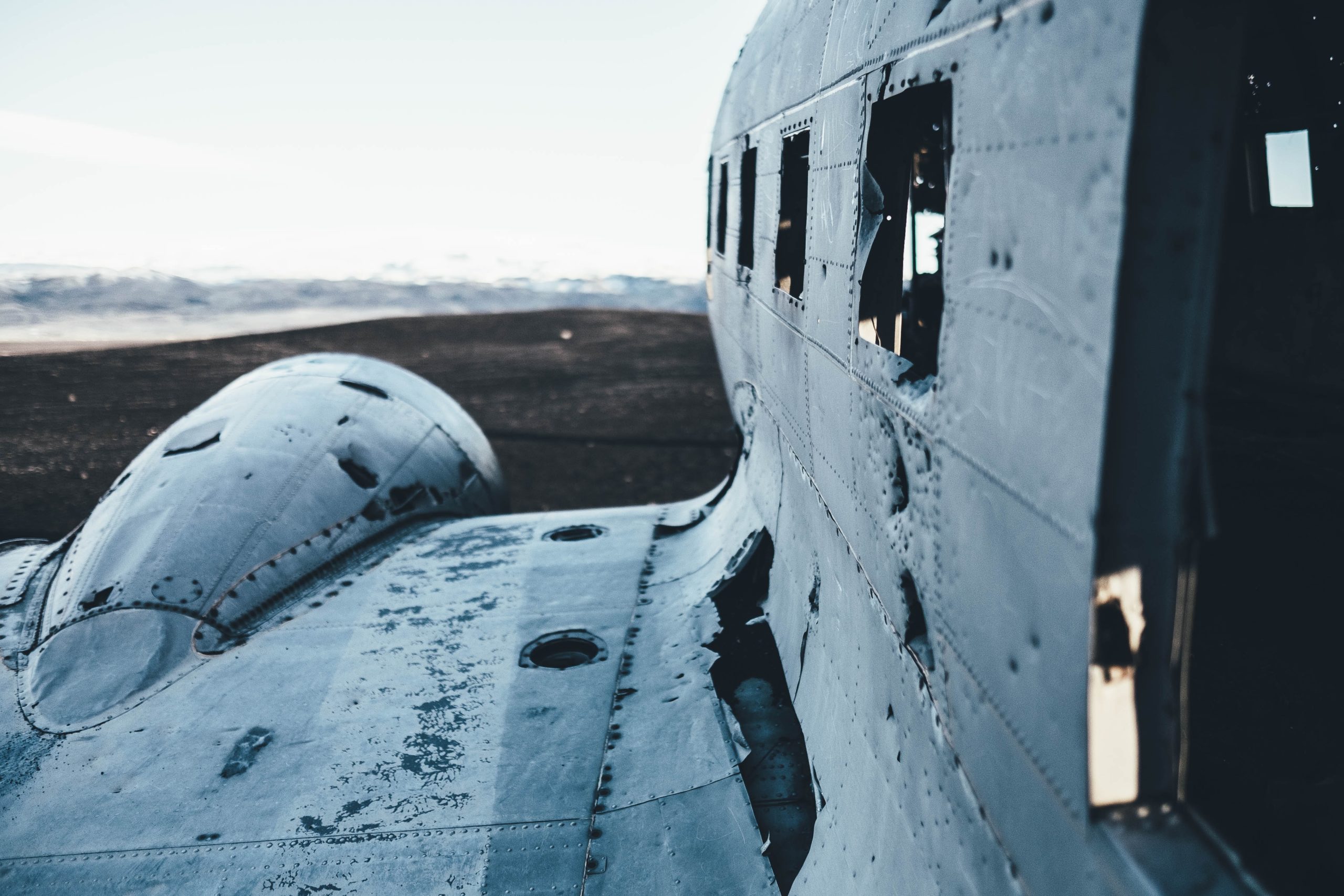
We can only imagine the terror, breathless adrenaline and sheer will-to-live that must have come over each crew member that fateful night. We know for sure the plane came to a stop, some 18 metres from where the waves break against the shore. Without missing a beat, the crew evacuated into a bleak and barren wilderness, an environment that offered little comfort beside the sweeping relief that comes with a new lease on life.
It is a point that is worth clarifying. Every single member of the Douglas C-117’s crew would survive the ordeal without any significant injuries. With that in mind, it is hard not to appreciate the wreckage today as a makeshift monument to luck and life’s blessings. Eventually, the military sent a helicopter to pick up the five survivors while the wreck and debris were written off.
For decades afterwards, the local Icelandic people considered the wreckage to be more of a historical novelty than a site worthy of international fascination. Before the tourist boom of 2010, there was even discussion about removing it because many perceived the wreckage as an unwelcome addition to the otherwise pristine South Iceland environment. Given its enduring popularity, that seems unlikely ever to happen now.
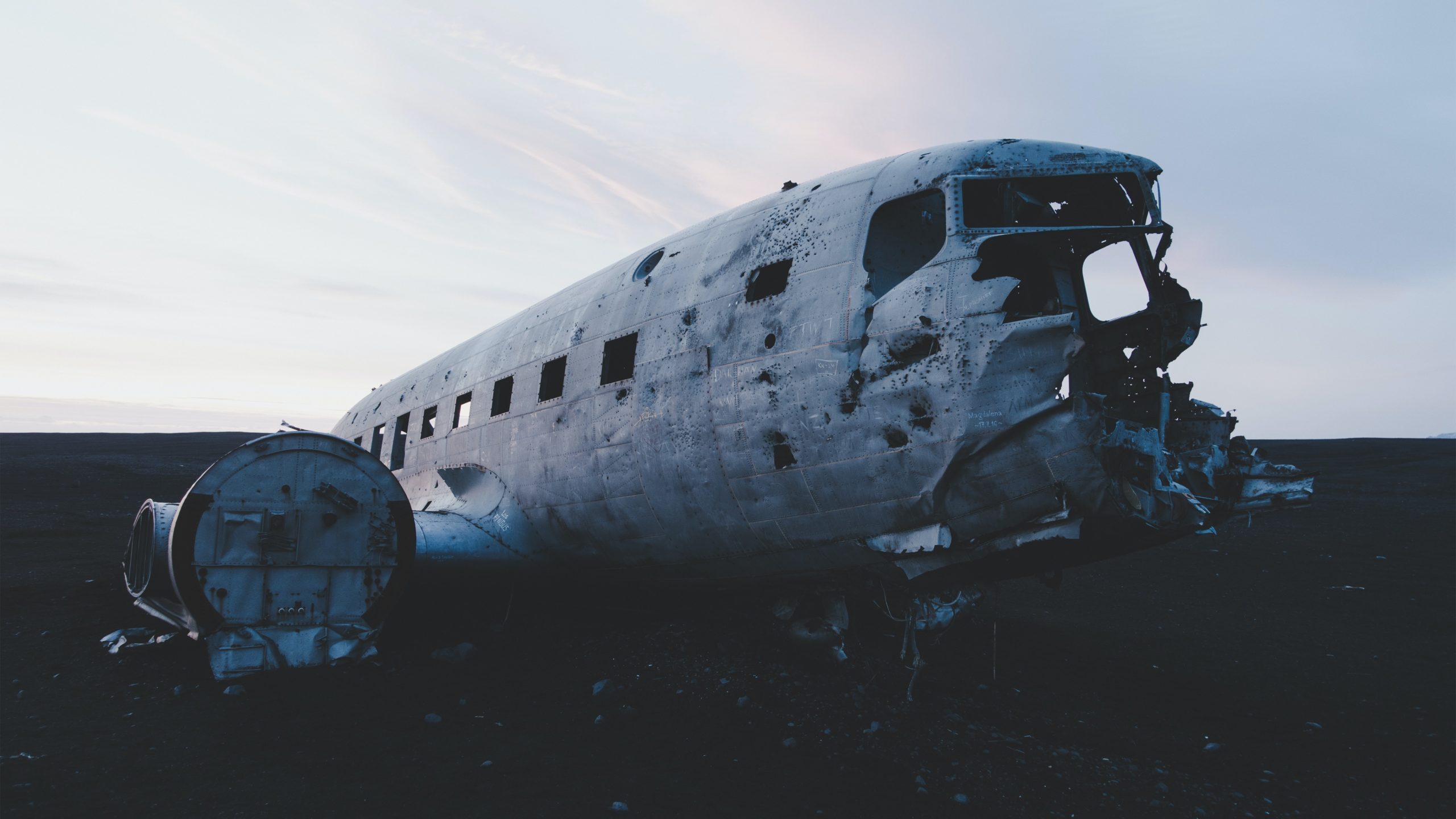
We can only imagine the terror, breathless adrenaline and sheer will-to-live that must have come over each crew member that fateful night.
We know for sure the plane came to a stop, some 18 metres from where the waves break against the shore. Without missing a beat, the crew evacuated into a bleak and barren wilderness, an environment that offered little comfort beside the sweeping relief that comes with a new lease on life.
It is a point that is worth clarifying. Every single member of the Douglas C-117’s crew would survive the ordeal without any significant injuries. With that in mind, it is hard not to appreciate the wreckage today as a makeshift monument to luck and life’s blessings. Eventually, the military sent a helicopter to pick up the five survivors while the wreck and debris were written off.
For decades afterwards, the local people considered the Iceland plane wreck to be more of a historical novelty than a site worthy of international fascination.
Before the tourist boom of 2010, there was even discussion about removing it because many perceived the wreckage as an unwelcome addition to the otherwise pristine South Iceland environment. Given its enduring popularity, that seems unlikely ever to happen now.
How to get to the Iceland plane wreck?
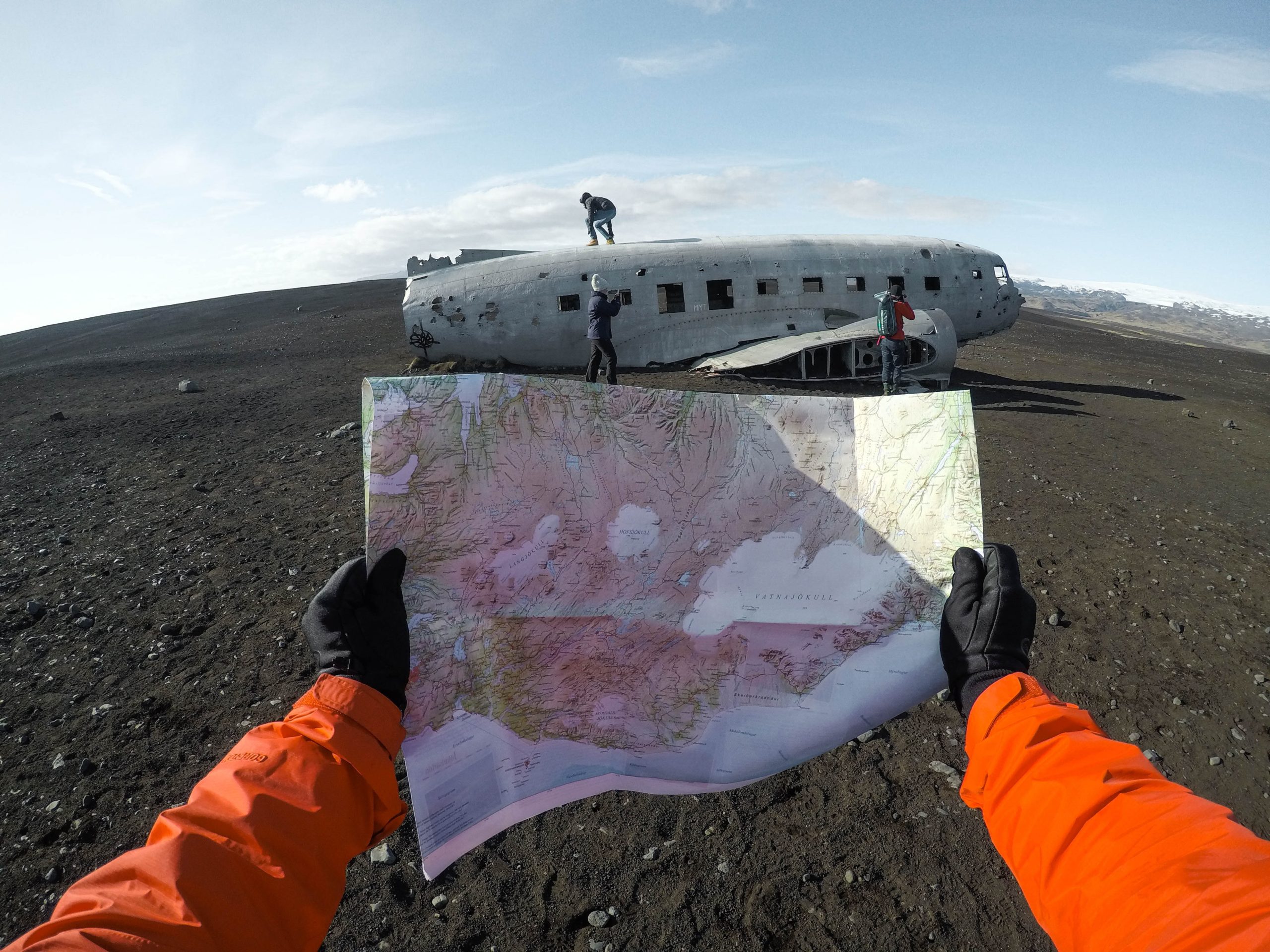
The Iceland plane wreck is one of the country’s most recognisable visitor attractions—despite never having been intended as one—so naturally draws an eager crowd throughout the year. Its fame is thanks to numerous media appearances, most notably in the accompanying video for Justin Bieber’s track “I’ll Show You,” countless commercials, artworks and even a Bollywood film.
Unlike many of this country’s primary point of interests, the DC plane wreck cannot be easily accessed, requiring a hike through the vast expanse of Solheimasandur.
The car park from which you’ll depart for the hike is south of Route 01 between the remote seaside village, Vík í Mýrdal, and the stunning Skógar waterfall. This parking bay is easy to find when heading eastward towards Vik; you’ll locate it right after crossing over the Jökulsá á Sólheimasandi river.
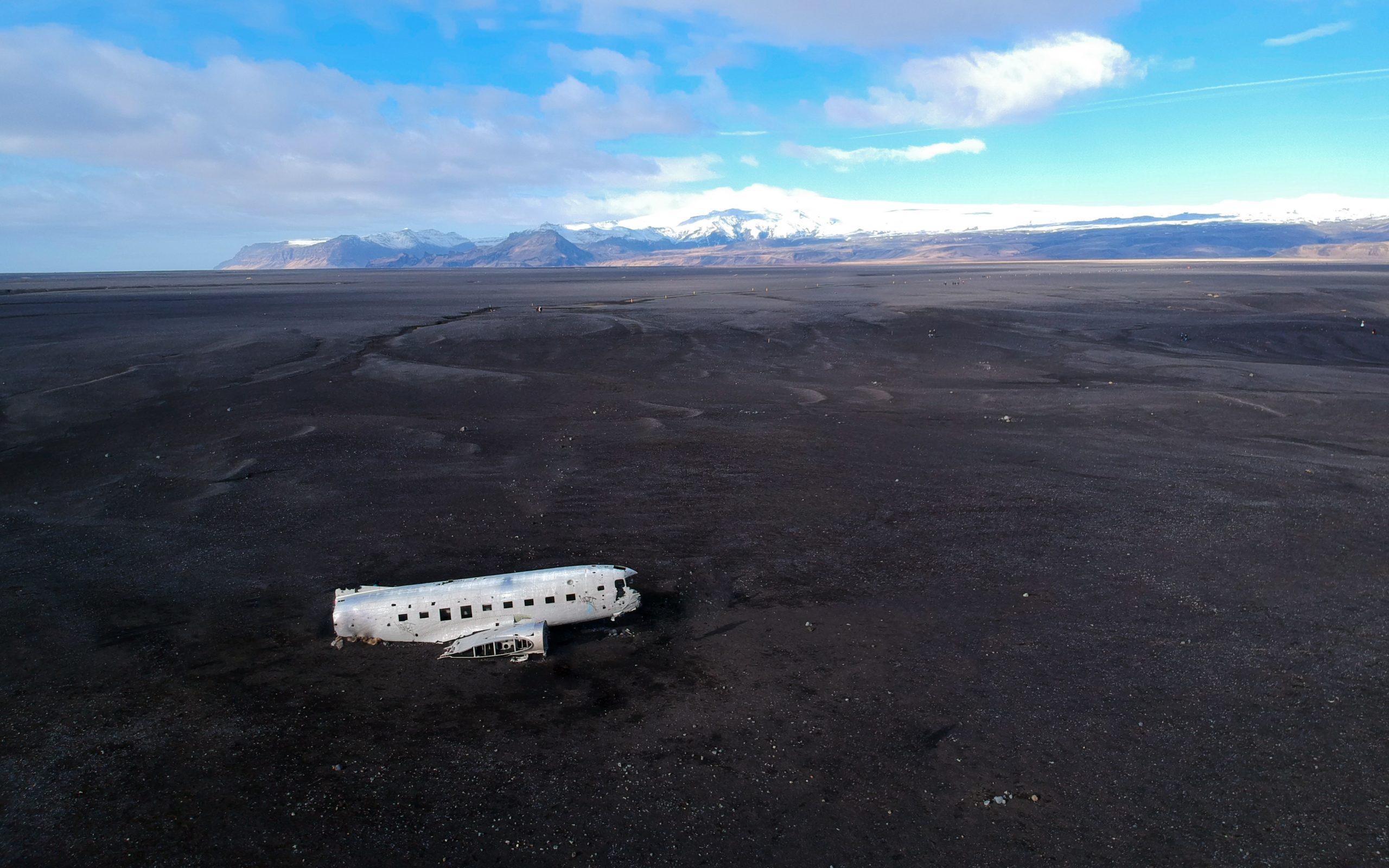
It is essential to realise that hiking the trail should not be permitted during the wintertime without a professional guide’s expertise.
Not unlike what happened to the Iceland plane wreck’s crew, the desert can quickly be overwhelmed with thick fog and battering winds, transforming what should be a simple hike into a dangerous ordeal that must be endured and survived.
One cannot accuse yours truly of embellishing the facts for dramatic effect. Only last year, two visitors lost their lives here when they became lost en route. This event, while tragic, did not come as a surprise to the Icelandic Rescue Services, who are regularly called out to help those who overestimated their ability to cope with a hostile environment.
Those with the technological know how to pinpoint its geographical location can find the DC plane wreck at the following coordinates: 63 27.546-19 21.887.
Nearby attractions to the DC Plane Wreck?
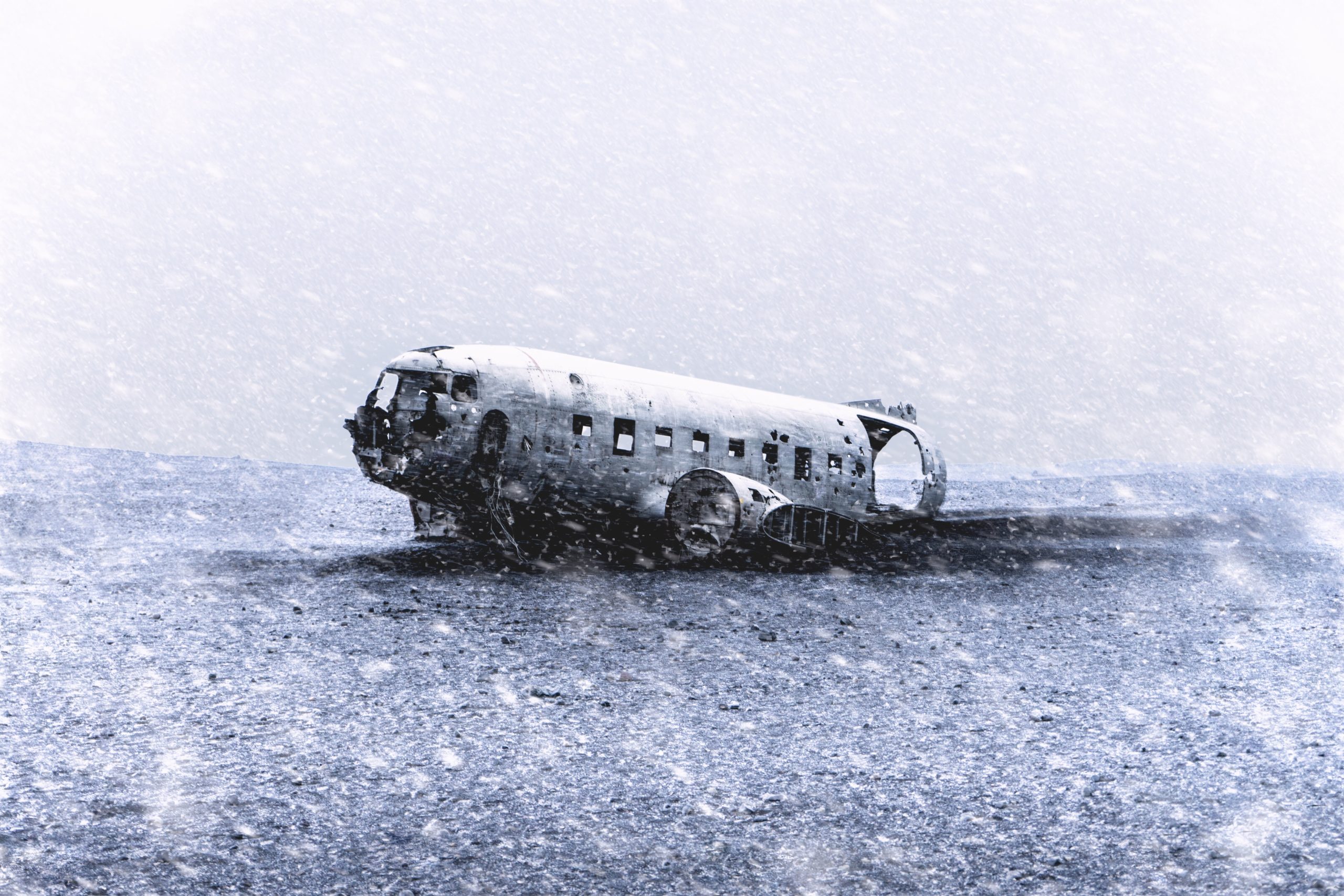
Despite being found in the desert, the DC Plane Wreck is only a short car ride away from many other natural attractions that make South Iceland famous. For those heading east on the Ring Road from Reykjavik, numerous delights await en route before even arriving at this novel crash site.
The waterfalls Seljalandsfoss and Skogafoss both make for exciting stops and can be easily accessed from the road. Watching glacial water plummet dramatically over the cragged lip of an ancient sea cliff is something that can’t help but stir some emotion.
Further along, guests driving 4×4 vehicles should pay a visit to the scenic promenade, Dyrhólaey, famous for its historic lighthouse and gargantuan rock arch. Looking from this promontory’s cliff sides, diverse with nesting seabirds, you’ll have fantastic views over the dark shorelines of the South Coast.
From Dyrhólaey, guests are also privy to Reynisfjara black sand beach, recognisable the world over thanks to its volcanic pebbles and the iconic basalt rock stack, Reynisdrangar. Most visitors will stop by here alongside the neighbouring village, Vik I Myrdal, which is a great place to browse souvenirs or grab a bite to eat.
After crossing the Solheimasandur desert, where the DC Plane Wreck lies, the towering, snow-capped peaks of Vatnajokull National Park will rise over the horizon before you. Within this lush glacial oasis, guests will discover Jökulsárlón
Glacier Lagoon and Diamond Beach’s exquisite aesthetic.
Beyond that is the Eastfjords, marking an end to the South Coast sightseeing route. Still, we’ve covered plenty for you to do in the meantime, of which visiting the DC plane wreck will surely be among the top priorities.
PLAN YOUR JOURNEY
Travelling to Iceland?
Check our overnight tours with a driver guide that includes a one night stay in a bubble.
*Starting from ISK 59.900 per person


